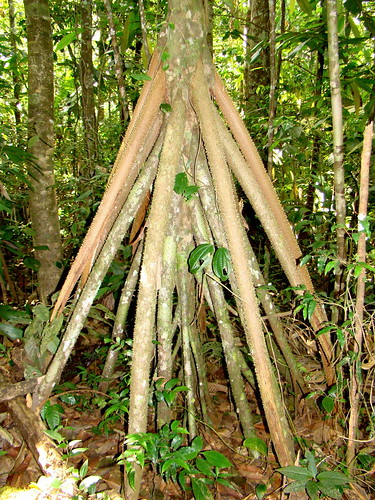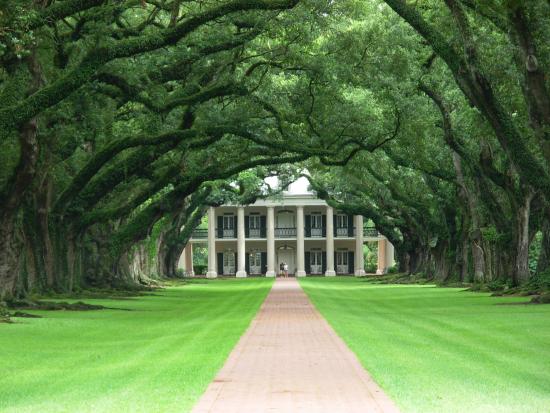The Cashapona, or Walking Palm, stands on ten foot, or three meter, high bundles of outer roots that are used to walk to sunnier areas. They grow new 'root legs' in the direction they wish to move as older ones fall away on the opposite side. In this way, the Cashopa tree actually walks with one step taking an average of three months.
Every journey begins with the first step...

Every journey begins with the first step...



 Yar, mine also...
Yar, mine also... 
 You is bad....
You is bad....
